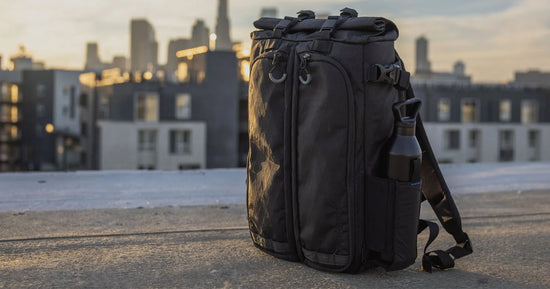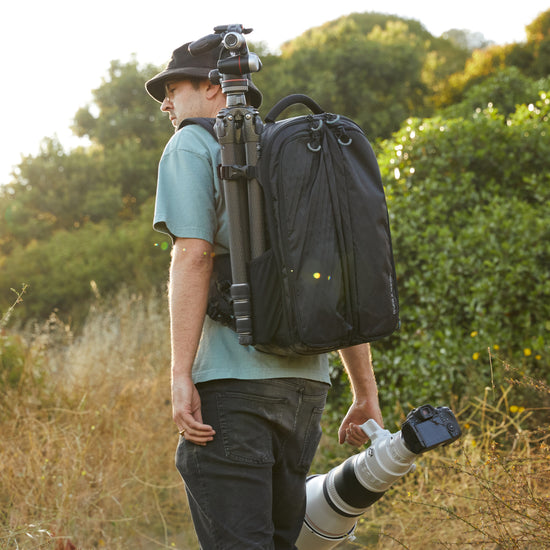In this Behind the Shot, International Photojournalist and Gura Gear Pro Team photographer Jodie Willard discusses the process of taking this iconic photo and provides some tips for shooting in the polar regions.
One of your photos that really struck me is the picture of this iceberg in Antarctica. Could you provide some background on that photo?
That was taken during my first trip to the Antarctic. I sat on the front of the boat and waited for hours and hours for the right iceberg to float by. It was probably over ten straight hours of waiting. Out of eighty-three or so photographers, only two of us got that shot. Nature photography is all about patience.
Wow. So, getting the shot, in this case, was quite a matter of perseverance and patience. I’m always a bit curious about the camera setups different photographers choose. Do you remember what you were using here?
When I took this, I had three camera bodies sitting next to me with a different lens mounted on each one, that particular shot iceberg was my wide angle 14-24 mm.
That’s pretty smart. As I’m looking at the hues in this photograph, especially in the water, it looks like it might have been quite dark that day. Yet, there’s so much detail from the foreground to background. To take a photograph in the Arctic like this, would you need to be on a tripod with a very narrow aperture?
No, but I can give you a little background on shooting this. On a boat, you have to keep your shutter speed generally at 1/450 or faster to compensate for the movement of the boat.
As a standard rule, I shoot at f8.0 because it’s in the sweet spot of the lens or at least this specific wide-angle lens. Tripods of course are a great tool, but you cannot always have a tripod. Personally, I like to shoot with Nikon, I believe they perform the best in low light situations. For composition, I generally like to get as low as I can and shoot more parallel to my subjects as often as possible.
Ah that reminds me of that quote from Arthur Fellig when he was asked how he got so many amazing shots and simply responded “f/8.0 and be there.” It’s so simple and yet so true.
Exactly. But being there and being ready is most important.
For a lot of photographers who are still learning, I think photographing in the Arctic with all of the white tones could present some challenges. Could you provide any tips for exposing while preserving highlight details?
The simple thing is your camera meters for 18% gray, so you have to adjust accordingly. When in the Arctic or Antarctic I shoot about 1.5 stops over and set my white balance to around 6200 kelvin. I do not use auto white balance; I adjust it manually. Every camera and sensor are a little different, so you have to test your camera and each lighting situation.
I see. You just mentioned not using auto white balance. Are you setting white balance with a grey card in the field?
I do not use a grey card in the field, although a great reference point, I find in wildlife photography is a bit more of an artistic choice for me. I do believe in doing test shots to ensure my images are exposed properly though. I take the cleanest, most accurate shot possible so when I start my post-processing workflow, it’s a good photograph to start with, and saves me a lot of work on the back end.
Jodie, that covers all of the questions I had. Thank you so much for taking the time to give us the background and insight into this photograph.
My pleasure. I look forward to talking again.





